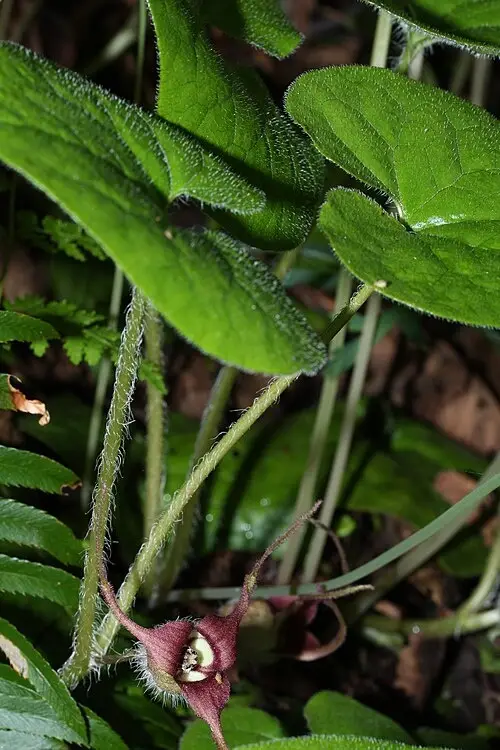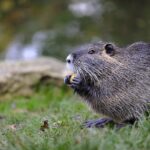The putrid, rotting flesh aroma of certain wild ginger flowers may repel humans, but it’s irresistible to carrion flies. Now, scientists have uncovered the molecular secret behind this foul scent, tracing it to slight modifications in an enzyme that, in humans, helps prevent bad breath.
Researchers found that subtle mutations in a selenium-binding protein, which normally neutralizes sulfurous compounds, cause it to produce, rather than eliminate, the pungent chemical responsible for the stench.
From Bad Breath to Floral Stench
The study, published in Science, reveals that some Asarum (wild ginger) species emit dimethyl disulfide (DMDS), a sulfur-based compound derived from methanethiol the same substance that causes halitosis in humans.
“Some organisms develop seemingly complex traits in surprisingly simple ways,” said lead author Dr. Yudai Okuyama of Japan’s National Museum of Nature and Science.
To pinpoint the source of the odor, the team first confirmed that wild ginger (A. fudsinoi) synthesizes DMDS from methionine, an amino acid also linked to human bad breath. They then compared genes across Asarum species and discovered that foul-smelling plants carried a mutated version of a selenium-binding protein.
Normally, this protein detoxifies methanethiol. But in stinky wild ginger, minor amino acid changes repurposed it to generate DMDS instead. Just two or three mutations were enough to flip the enzyme’s function.
A Recurring Evolutionary Trick
The study found similar sulfur-producing enzymes in unrelated plants like Eurya and Symplocarpus, suggesting this trait evolved multiple times independently. However, not all malodorous plants rely on this mechanism the infamous “corpse flower” (Amorphophallus) likely uses a different enzyme family to achieve its signature stench.
“This shows how small genetic changes can lead to dramatic shifts in function,” Okuyama noted. “What prevents bad breath in us can, with a few tweaks, create a stink that lures pollinating flies.”
The findings highlight nature’s efficiency in repurposing existing genes, turning a human hygiene helper into a floral foulness factory.










